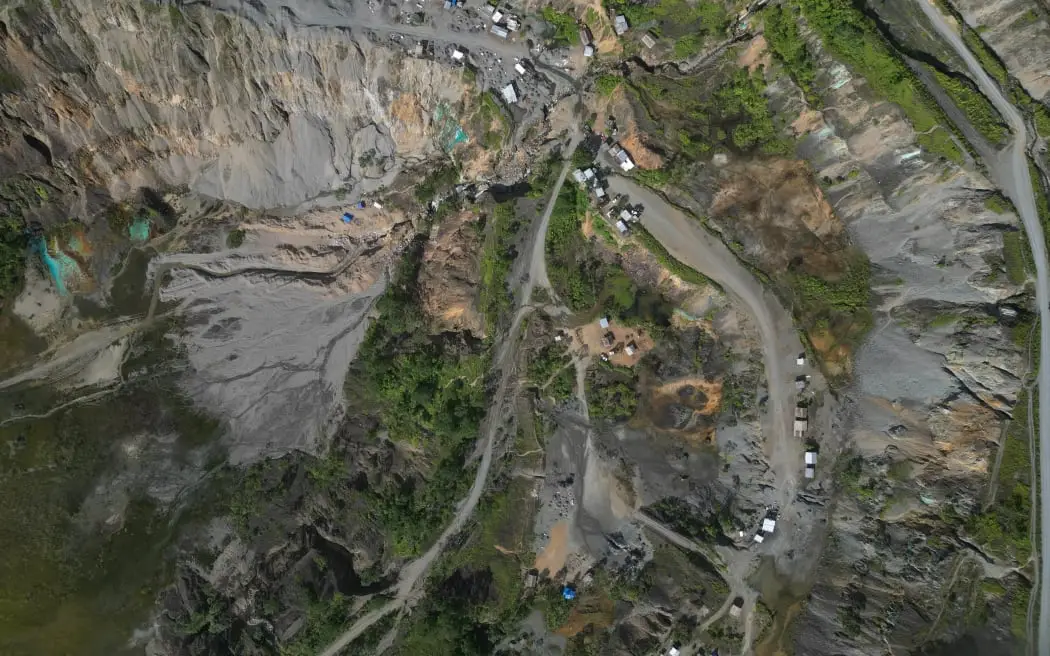Panguna Mine Legacy Impact Assessment: A Call to Action for Rio Tinto
The autonomous Papua New Guinea region of Bougainville has been grappling with the devastating consequences of the abandoned Panguna gold mine for decades. The mine, once one of the world’s largest copper and gold mines, was responsible for releasing nearly a billion tonnes of mine waste directly into the Jaba-Kawerong river during its operation between 1972 and 1989.
The History of the Panguna Mine
Panguna was previously owned by Rio Tinto until it divested in 2016, passing its shares to the PNG government and Bougainville governments. However, the legacy of the mine continues to have a profound impact on the local communities.
The Legacy Impact Assessment Report
A major independent investigation funded by Rio Tinto has confirmed life-threatening, ongoing social, environmental, and human rights impacts from the mine. The two-year investigation, undertaken by environmental firm Tetra Tech Coffey, focused on the most serious areas of concern to communities.
Findings
The report identified serious impacts in all mine-affected domains assessed, including:
- Imminent, life-threatening risks posed by the collapsing mine pit, levees and infrastructure;
- Ongoing contamination of the Jaba-Kawerong river and movement of mine waste;
- Collapse of homes and food gardens due to flooding
The report also highlighted a range of life-threatening risks to communities, which must be addressed urgently. Children need to be able to walk to school without wading through areas of treacherous quicksand created by mine waste.
Community Demands for Action
The lead complainant and member of parliament for the Ioro constituency, Theonila Roka Matbob, stated that “We never chose this mine, but we live with its consequences every day, trying to find ways to survive in the wasteland that has been left behind.”
“The Legacy Impact Assessment has for the first time given us data and laid a foundation for solutions. What the communities are demanding to know now is what the next step is. A commitment to remediation is where the data is pointing us to, and that’s what the people are waiting for,”
She also stressed the importance of community representatives being directly involved in discussions about remediation.
Rio Tinto’s Response
The Human Rights Law Centre’s legal director, Keren Adams, stated that “The Panguna mine has left them living with an ongoing environmental and human rights disaster. There are strong expectations in Bougainville that Rio Tinto will now take swift action to help address the impacts and dangers communities are living with.”
“This is a defining moment for Rio Tinto’s social license to operate. We welcome the company’s constructive engagement and commitment to the impact assessment process so far. Rio Tinto now has a critical opportunity to demonstrate that it is serious about meeting its human rights and environmental obligations and committing to remediation,”
Conclusion
The Panguna mine legacy impact assessment report highlights the devastating consequences of the abandoned mine on local communities. The findings emphasize the urgent need for action, including a commitment to remediation, formal reconciliation, and direct community involvement in discussions about next steps.
Rio Tinto must take responsibility for its legacy and fund the long-term solutions needed so that the people can live on their land in safety again. As Keren Adams noted, “Children need to be able to walk to school without wading through areas of treacherous quicksand created by mine waste.”

0 Comments